Do you remember the first time you smelled the pleasant aroma of alpine fir, labrador tea or cottonwood sap? I won’t forgot the first time I smelled crushed alpine fir needles along the Clifty Mountain trail. Certain smells trigger memories and I’m amazed at what smells can trigger childhood memories, like campfire smoke and pineapple weed–yes, pineapple weed.
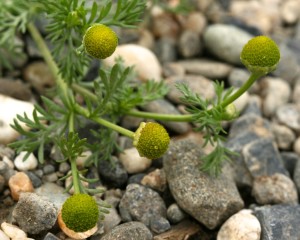
The flower heads are composed of tiny, densely packed flowers that smell like pineapple when crushed.
Pineapple weed is the common name for that hardy plant that often grows in gravel driveways and smells like sweet pineapple when crushed. Walk on or mow over a patch of pineapple weed and the air is filled with a pineapple-like aroma. How can a weed smell so sweet?
Typically less than a foot tall, the fern-like leaves give way to egg-shaped, yellow-green heads that have a rough resemblance to pineapple. However, the common name is derived from the pineapple-like smell emitted when the flower heads or leaves are crushed. Pineapple weed is also known by the less descriptive name of disc mayweed.
Prior to flowering, pineapple weed can be confused with mayweed chamomile because they look almost identical but mayweed chamomile doesn’t smell sweet like pineapple weed when crushed. Upon flowering, mayweed chamomile can be differentiated because it has white petals around the yellow-green flower heads.
Pineapple weed is a hardy plant, occupying the poorest, most compact soils of gravel driveways, roadsides and other disturbed areas. Pineapple weed seems to grow where other plants don’t, minimizing competition. It can be a nuisance in fields, gardens and pastures. The tiny (one to two millimeter) seed created by each flower head easily sticks into tire treads and rubber soles of shoes that transport it to new destinations. I’ve found pineapple weed in my driveway in Bonners Ferry, Idaho, my hometown in Minnesota and in Bettles, Alaska–a wide range of conditions to thrive in.
Pineapple weed is believed to be native to the Pacific Northwest or brought to the Pacific Northwest by people who migrated from northeast Asia prior to European settlement of North America. During their exploration, Lewis and Clark didn’t find specimens of pineapple weed until they were camped at Camp Chopunnish in Idaho County, Idaho on June 9, 1806. Now, pineapple weed grows in every state except Texas, Alabama, Georgia, Florida and Hawaii and is found across most of Canada. Pineapple weed even grows in Greenland.
With little competition in gravel driveways, the pineapple weed’s fibrous roots can spread out and absorb the little moisture that falls on driveways in Arizona or the inundating spring rains of north Idaho. They flower early, often as early as May in northern regions, and continue into September.
Just as the aroma of wood smoke coming from a campfire reminds me of childhood camping trips, the smell of pineapple weed reminds me of picking flower heads from the gravel outside my parent’s barn as a kid and inhaling the wonderful, sweet smell of pineapple on a hot, summer afternoon.

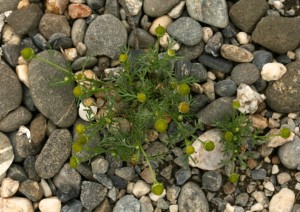
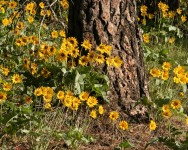
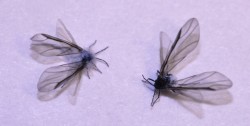
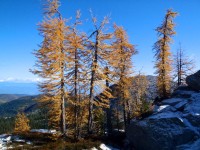
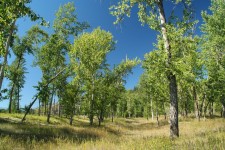
Great post, I appreciate you and I would like to read your next post. Thanks for sharing this useful information.
Resin DriveDorset
Resin Path
Resin Path Bournemouth
Resin PathPoole
Resin PathDorset
Commercial Resin Dorset
Commercial Bound Resin